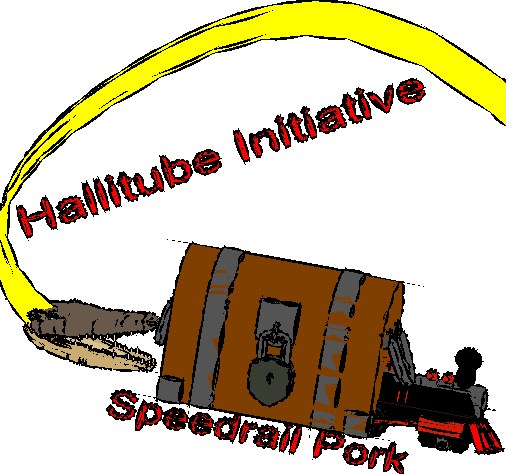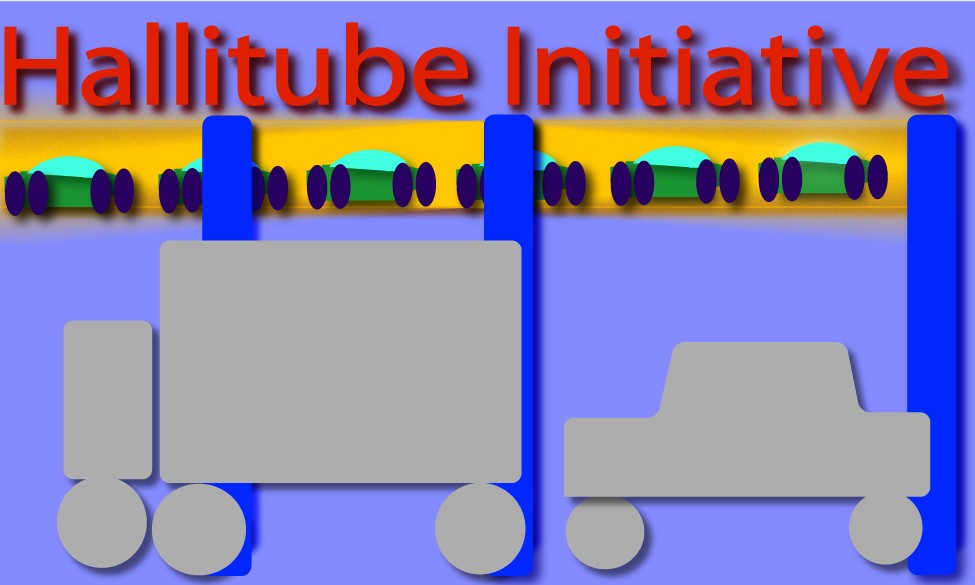 A bureaucracy has been establishment to connect California's largest
cities through a high speed rail corridor, with costs in the billions.
We support large scale expansion of the rail capacity, however,we believe
30% of the funds at least should be earmarked for novel solutions to commuting.
We will join Southwest Airlines and the various transportation advocacy
and environmental groups who oppose this solution, in court if necessary.
Although the rail corridor should be expanded, the marginal cost of making
it high speed is extremely high, and does not address commuting issues.
In addition, although the US is capable of performing extremely complex
scientific feats, it lacks the more broad based medium level engineer and
technology worker base to keep complex systems such as the Shinkansen or
the European express rails running. Finally, paradoxically, high-value
superfast trains are attractive targets for terrorists, and attacks there
would damage the infrastructure significantly. Because the train covers a
large distance it is difficult to secure the perimeter, and the locomotives
of these trains in advanced technology scenarios are truly super expensive.
We need to get away from the notion of creating high-value centralized
targets easily disrupted by suicidal terrorist. By comparison, a system which
is "de-concentrated" (such as a street or hallitube system) is much more
difficult to disrupt, as units are separated. So, we applaud additional
rail construction, and support the rail authority, but will fight for regular
trains.
A bureaucracy has been establishment to connect California's largest
cities through a high speed rail corridor, with costs in the billions.
We support large scale expansion of the rail capacity, however,we believe
30% of the funds at least should be earmarked for novel solutions to commuting.
We will join Southwest Airlines and the various transportation advocacy
and environmental groups who oppose this solution, in court if necessary.
Although the rail corridor should be expanded, the marginal cost of making
it high speed is extremely high, and does not address commuting issues.
In addition, although the US is capable of performing extremely complex
scientific feats, it lacks the more broad based medium level engineer and
technology worker base to keep complex systems such as the Shinkansen or
the European express rails running. Finally, paradoxically, high-value
superfast trains are attractive targets for terrorists, and attacks there
would damage the infrastructure significantly. Because the train covers a
large distance it is difficult to secure the perimeter, and the locomotives
of these trains in advanced technology scenarios are truly super expensive.
We need to get away from the notion of creating high-value centralized
targets easily disrupted by suicidal terrorist. By comparison, a system which
is "de-concentrated" (such as a street or hallitube system) is much more
difficult to disrupt, as units are separated. So, we applaud additional
rail construction, and support the rail authority, but will fight for regular
trains. Say "No" to the High Speed Rail Initiative if no funding provision for Hallitubes is made:
- Much easier to disrupt than air service (Does not require suicide attack: Terrorists drive an explosive-rigged car near switching equipment, take out some track and electronics, and it is down for at least 2 months as equipment has to be brought to the remote area, track replaced and equipment resinstalled. Airlines have no such bottleneck.)
- US lacks a larger base of indoctrinated train engineers whose personality is fused with the success of the train system.
- Video conferencing is now cheaply available, reducing need for trips
- Cost of air service within California is very low, cannot be disrupted easily
- Look what happened to the Acela service on East Coast: Track did not support high speed, although it was intended - constant disruptions now
- High speed rail does not address the chief urban problem: commuting
- The benefit of a Shinkansen in Japan is not replicated in California, because we do not have another large city every 30-40 minutes.
WE WANT TRANSIT WITHIN URBAN CENTERS !

